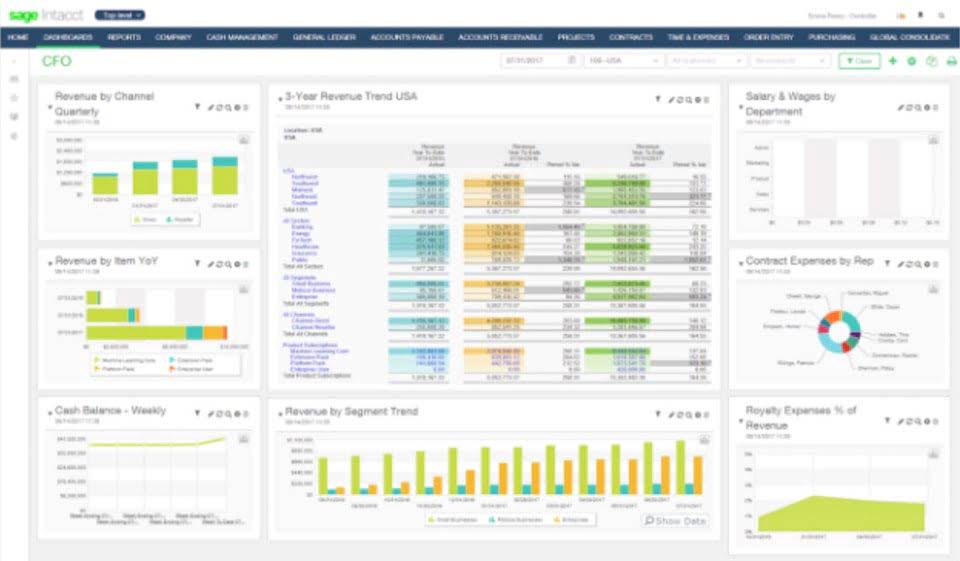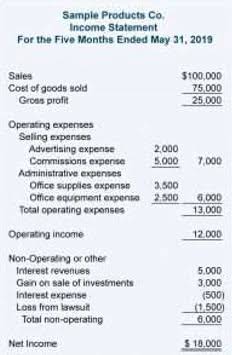These examples are programmatically compiled from various online sources to illustrate current usage of the word ‘indenture.’ Any opinions expressed in the examples do not represent those of Merriam-Webster or its editors.
Should a conflict arise between the issuer and bondholder, the indenture is the reference document utilized for conflict resolution. When the offering memorandum is prepared in advance of marketing a bond, the indenture will typically be summarised in the “description of notes” section. A trust indenture is similar to a bond indenture, except it also details the trustee’s responsibilities in overseeing all of a bond issue’s terms.
Indenture: Definition and Types in Finance
First Class Financial Services is an investment bank that trades in the New York Stock Exchange. The company needs to issue some bonds to fund their regular operations and approached Pacific Ocean Trust, a company that manages pension funds and retirement accounts, to offer them a part of the issue privately. The Board of Pacific Ocean Trust asked the CEO of First Class Financial Services to present a document that contains all the relevant information about the bond issue being offered. An index in finance is a statistical measure that tracks the performance of a group of securities, such as stocks or bonds, and serves as a benchmark for evaluating the performance of individual investments or portfolios. The duration of an indenture can vary widely, depending on the type of agreement and the specific terms outlined in the document.
What are some examples of “indenture” in legal contracts?
Indentured servitude was popular in the United States in the 1600s as many European immigrants worked in exchange for the price of passage to America. Today, indentured servitude is illegal in the U.S. and banned in nearly all countries. These instruments are essential to establish a legal framework that can be referred to in the case of a dispute or any complaints from any of the sides involved. In bankruptcy law, an indenture may be referenced as proof of a claim on property. Indentures in general provide details on collateralized property, constituting the claim a lender has against a debtor, usually secured with a lien on the debtor’s property. Although prohibited by U.S. law, unethical employers may take advantage of a person’s migrant status to compel work in repayment of a debt.
- If an indenture is breached, the non-breaching party may have the right to take legal action, such as filing a lawsuit or seeking other remedies outlined in the indenture.
- Almost all indentures include subordination clauses that limit the amount of additional debt that the issuer can incur, and that dictate that all subsequent debts are subordinated to prior debts.
- Should a conflict arise between the issuer and bondholder, the indenture is the reference document utilized for conflict resolution.
- An independent contractor, often called a freelancer, is someone who provides services to a company without being an official employee, allowing for more flexibility and control over their work.
- Following the Civil War, the 13th Amendment made indentured servitude illegal in the United States.
Some common types of indentures include mortgage indentures, bond indentures, and lease indentures. These types of indentures are used in real estate transactions, corporate finance, and rental agreements, respectively. An indenture is a legal contract between two parties, particularly for indentured labour or a term of apprenticeship enrolled agents vs cpas but also for certain land transactions. When the agreement was made before a court of law a tripartite indenture was made, with the third piece kept at the court. The term is used for any kind of deed executed by more than one party, in contrast to a deed poll which is made by one individual.
Indenture refers to a legal and binding agreement, contract, or document between two or more parties. People in debt bondage may endure slavery-like conditions, like being forced to stay on the employer’s premises, denied access to the authorities, or being subject to physical or psychological abuse. Estimates that around 21 million people are subject to some form of forced labor.
It specifies the important features of a bond, such as its maturity date, the timing of interest payments, method of interest calculation, callability, and convertible features, if applicable. A bond indenture also contains all the terms and conditions applicable to the bond issue. Other critical information included in the indenture are the financial covenants that govern the issuer and the formulas for calculating whether the issuer is within the covenants (usually ratios based on corporate financials).
The call premium, that is, the price that will be paid if the issuer repurchases the bond is also indicated on the trust indenture. Bonds are issued to lenders or investors to raise money for a corporation or governmental body. To issue a bond, the issuer hires a third-party trustee, usually a bank or trust company, to represent investors who buy the bond.
Trust Indenture
Others treated slaves more humanely than their indentured servants because slaves were regarded as a lifetime investment and servants would leave within a few years. However, informal debt bondage continued in the form of sharecropping and black codes. Though officially free, tenant farmers were unable to leave until they had repaid debts to the owners of the land where they worked. Since these debts tended to grow over time, the sharecropping system effectively replaced chattel slavery with an informal system of debt bondage. Indentured servitude is a form of labor in which an individual is under contract to work without a salary for a certain timeframe to repay a loan.
Examples of indenture in a Sentence
If such conditions violate labor laws or other rights, this may be considered a form of human trafficking. Indentured servants did have limited rights including access to the courts and entitlement to own land. However, masters retained their right to prohibit their servants from marrying and had the authority to sell them to another master at any time.
A modern form of indentured servitude still exists in the form of debt bondage, also known as bonded labor, where people work for low or no wages in repayment of a debt. This may be for a debt that the worker agreed to work off as a condition for receiving a loan or advance, or a debt that was inherited. Indentured servitude historically referred to agreements between apprentices and master tradesmen, with the apprentice working for free to learn a trade. It evolved as a way for an individual to pay what is the working capital cycle wcc the cost of transportation to the American colonies. Workers were commonly bought and sold when they arrived at their destinations.
The main difference between an indenture and a regular contract is the level of formality and legal complexity. Indentures are typically more formal, detailed, and legally binding than standard contracts. In a credit offering, a closed-end indenture clause may be used to detail any collateral involved that provides backing for the offering.
A copy of it must be filed with the Securities and Exchange Commission (SEC) for corporate bonds with aggregate principal issues of at least $5 million. Corporate issues for less than $5 million, municipal bonds, and bonds issued by the government are not required to file trust indentures with the SEC. Of course, these exempted entities may choose to create a trust indenture to reassure prospective bond buyers, if not to adhere to any federal law. In the U.S., there can be several types of indentures, all typically involved with debt agreements, real estate, or bankruptcy. Historically, indenture has also referred to a contract binding one person to work for another for a set period of time (indentured servant), particularly European immigrants.
Where can I find more information about indentures?
Some masters considered their indentured servants as personal property and made these individuals work difficult jobs before their contracts expired. Immigrants often entered indentured servitude contracts of their own free will, as opposed to slaves, who did not. Constitution prohibited most forms of involuntary labor, except as punishment for a crime. Although it does not specifically refer to indentured servitude, the Supreme Court has interpreted the amendment to include compulsory labor in repayment of debt.
Great Britain used indentured servitude as a punishment for captured prisoners of war in rebellions and civil wars. Trust indentures may not be included in every bond contract, given thatsome government bonds disclose similar information (the duties andrights of the issuer and bondholders) in a document called the bond resolution. Almost all indentures include subordination clauses that limit the amount of additional debt that the issuer can incur, and that dictate that all subsequent debts are subordinated to prior debts. Without such restrictions, an issuer would theroretically be allowed to issue an unlimited amount of debt, increasing bondholders’ exposure to default risk.














